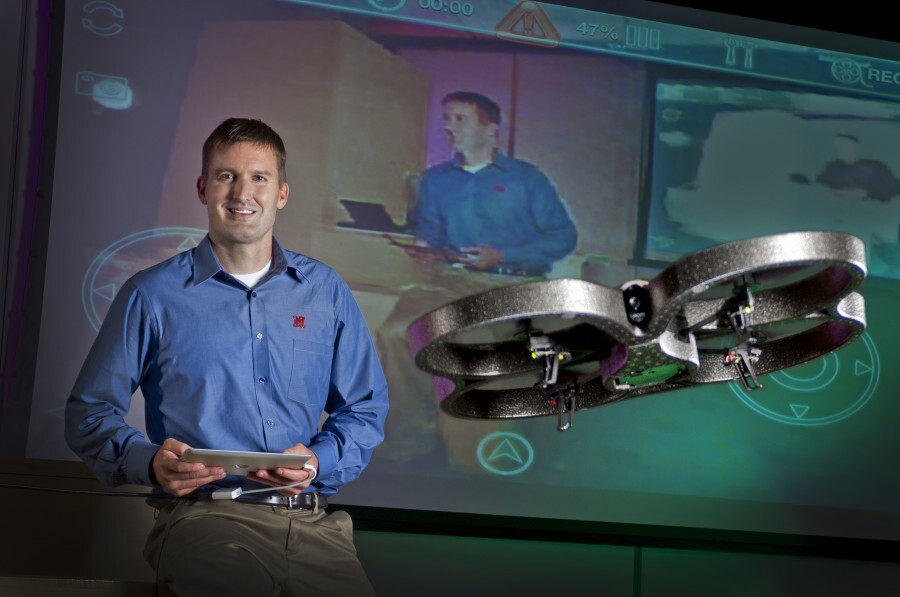
The FAA’s proposal for “surprisingly flexible and permissive” rules is an encouraging signal for the future of drone journalism, as well as for other commercial uses of unmanned aerial vehicles, according to the director of UNL’s Drone Journalism Laboratory.
The FAA estimates 7,000 businesses will get drone permits within three years after the new regulations take effect.
“Simply put, drones for journalism become very possible and very legal under these rules,” said Matthew Waite, a UNL news-editorial professor of practice who heads up the laboratory. “Only a few things won’t be allowed, and they’re minor in the grand scheme of things.”
The proposed regulations would allow someone to fly a drone after passing a test for an unmanned aircraft systems operator’s certificate, estimated to cost about $150. Under such regulations, Waite said, journalism students could be trained for an operator’s certificate as part of a drone journalism class.
Here is a link to Waite’s blog post analyzing highlights of the proposed regulations.
But he cautioned that the newly unveiled proposal doesn’t mean drone reporting is imminent for UNL journalism students.
UNL’s program, along with a similar program at the University of Missouri, has been grounded from outdoor flights for more than 18 months, when the Federal Aviation Administration notified both programs that they needed a FAA Certificate of Authorization to use drones outdoors. Previously they had operated under guidelines set for remote control aircraft.
It likely will take about two years before the FAA’s new rules take effect, Waite said. In the meantime, he will continue to seek a certificate of authorization for the UNL laboratory. He hopes to obtain authorization by the fall 2015 semester.
In the interim, some students and former students are using drones for international reporting projects. Some practice flights are conducted inside the Cook Pavilion indoor practice field.
Waite is in discussions with FAA regulators about the purpose of drone journalism research at UNL. Two well-funded research groups elsewhere, one involving CNN and the Georgia Institute of Technology, and another between Virginia Tech and a coalition of news organizations, are studying how the technology can be used for journalism. Waite said the drone journalism lab would take an education approach focusing on the ethical and legal dimensions of using drones for journalism.
He needs to persuade regulators that the lab’s educational mission serves “a government purpose” as required for an FAA certificate of authorization.
At least four other researchers at UNL work with drones under FAA authorization. They are Carrick Detweiler and Sebastian Elbaum, computer science and engineering professors who work in the Nebraska Intelligent Mobile Unmanned System (NIMBUS) Lab; Adam Houston, an atmospheric scientist who uses drones to study severe storms in partnership with University of Colorado scientists; and Wayne Woldt, a biological systems engineer, who studies how drones could be used in agriculture.
Waite said the FAA’s proposals are somewhat surprisingly flexible, considering previous reports that the agency was considering fairly strict regulations, such as requiring drone operators to be licensed as pilots. Heavy pressure from lobbyists as well as newly published permissive rules in Canada may have resulted in the more relaxed approach.
“I know there’s a tremendous amount of lobbying behind the scenes, from large industries, the military, law enforcement, agriculture, technology – you name it – that are pushing to use drones,” Waite said.







